Levelling with Australians about looming shutdowns
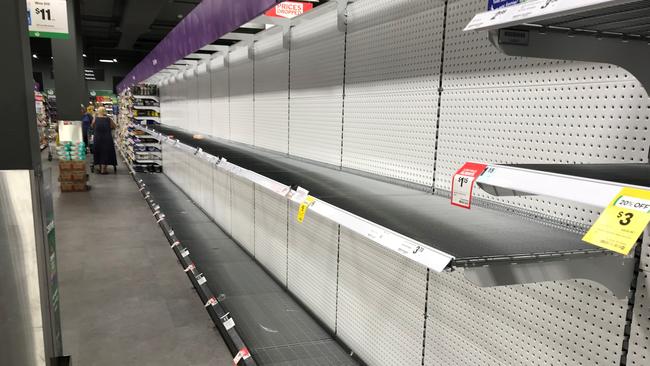
But there is a worrying void in public information. If not filled, social, economic and medical dislocations will be far greater. Already, the limited picture provided is sobering. Even cabinet ministers are not immune from COVID-19. But it’s time to tell the full story. Australians need to know far more than the talking point that we are the world’s best-prepared nation to handle the evolving health crisis. While that is somewhat comforting, Australians need time to prepare — mentally and physically — for life interrupted in the days, weeks and months ahead. What were people to make of the rumours of rolling cancellations of sporting events, and warnings against mass gatherings? But Mr Morrison maintained past the point of prudence that he would be attending the Sharks’ season opener against the Rabbitohs on Saturday night. The public needs consistency, context and a fuller explanation about the progressive, albeit temporary, shutdown of our current way of life.

It’s a delicate balance, to be sure, between candidness and caution. Right now, the risk is that we are not mentally prepared for the scale of the economic turmoil, lockdowns and intense pressure on the health system. Last week, during a press conference in Parliament House, a reporter asked how many people here are estimated to contract the disease. Chief Medical Officer Brendan Murphy said the modelling ranged from the “most benign” to “some millions of people being infected over a period of several weeks”. Mr Morrison, however, did not appear comfortable with discussion about possible scenarios, saying he wanted to avoid speculation that created “unnecessary anxiety”.
A week later, launching the $2.4bn health plan on Wednesday, the Prime Minister seemed to harden his line on discussing COVID-19 modelling. He was asked by a reporter about the peak number of Australians who would be infected. After a riff about data collection, Mr Morrison said “the government is not making any public statements on that at this point”. Dr Murphy acknowledged modelling is a “very tricky science”, but did say that our early action and aggressive containment methods put us “behind the curve” on infections. He said a pandemic here could last as short as eight weeks or as long as 14-16 weeks, depending on how sustained community transmission proved to be.
The aim of health authorities is to “flatten the curve” of the COVID-19 outbreak, to allow health systems to prepare and hospitals to cope. If transmission is steep and wide, as health editor Natasha Robinson reports, intensive care unit capacity will be overwhelmed and there is the real possibility doctors will have to make decisions about whose lives to save. The models say transmission could be anywhere between 25 per cent and 70 per cent of the population. Biosecurity expert Raina MacIntyre expects the infection rate to be at the lower end of projections. But even that would see about six million Australians infected. At a mortality rate of 1 per cent, that would mean 60,000 deaths. The infection peak could be 80 to 100 days from the outbreak, so June, the start of winter, will severely strain our medical resources.
After Friday’s Council of Australian Governments meeting, Dr Murphy said “static” gatherings, where people were in situ for two hours, posed a risk. Based on advice from the Australian Health Protection Principal Committee, from Monday officials will advise organisers not to hold public events of more than 500 people. So far, workplaces, schools, universities and other institutions are making arrangements to limit contact. But closing schools and stopping major events, such as Melbourne’s Grand Prix, may not be enough, according to a paper in The Lancet. The experience in China, Hong Kong, Singapore and South Korea shows quarantine, social distancing and isolation of infected populations can contain the epidemic. As the graph from US businessman Tomas Pueyo shows, waiting one more day to act on keeping people at home results in 40 per cent more cases. In China and Italy, officials locked down whole cities and limited the movement of people to within their suburbs. Such draconian measures, however, are incompatible with our society.
But disruptions are coming and all Australians will be affected. The Prime Minister says every person has a role to play. That’s clear for doctors, nurses, paramedics and school principals, but most people are watching and waiting to know: what do I need to do? Information is power. Inexplicably, the Morrison government has been slow to launch its $30m information campaign. This has been a missed opportunity to empower the community. It does not look like best practice. Few ordinary people are monitoring regular press conferences. We also lack a national resource such as the US Centres for Disease Control and Prevention, which co-ordinates emergency responses and provides data, advice and research updates. Even with transmission numbers contained, there have already been too many instances of mixed messaging on COVID-19 testing, self-isolation and prevention techniques.
What the neighbourhood will look like, let alone the wider world, is left to the imagination. Hypochondriacs, dunny paper hoarders, doomsday preppers, man-flu whiners, stiff-upper-lippers, sunny optimists — just talk among yourselves. We’ll come back bigger and stronger, Mr Morrison says. But come back from what? What does shutdown look like for the community? Economic officials must have a view. For instance, the stimulus package has been designed to change behaviour — spend that $750 that is coming at the end of the month — and keep businesses afloat. So the government needs to explain that it has anticipated an economic crunch and that the dislocation could be with us for months; that it stands ready to do more on the fiscal front if required, maybe as soon as the May budget. The government must get over the idea that “success” is a budget roaring back to surplus. In coming months, people won’t want to hear about “automatic stabilisers” and the “structural integrity” of the budget.
But they’ll want to be confident that the government has a solid view of the immediate future. Normal life can’t be sold as a series of random data points and statistics — and then one day it won’t be like that. The Morrison government and its leadership must adjust their narrative, tight political control and tendency to keep information close to their chests. This is not an election campaign or a political fight. It’s far more serious than that. Mr Morrison has become fond of the term “abundance of caution” in describing Canberra’s medical response. We are told in detail how the capital’s political machinery is delivering and how much taxpayer money is being spent. The word plan is used a lot. A national cabinet, including premiers and chief ministers, is a symbol of war time. But it is mere process, structure as redeemer.
No doubt for many there is a lingering odour from the Morrison government’s handling of the bushfires crisis and deficit of trust after the sports grants fix and other infelicitous moves. Some Black Summer lessons have been taken to heart. But this defensive mindset in the midst of the COVID-19 epidemic is clogging the flow of vital information. Unless this changes, it will make adjusting to the new normal of scarcity, confusion, social isolation, idleness, frustration, fear, caring for the sick and grief even more difficult. We need to hear the real story. Australians, quiet and strong, can handle the truth.

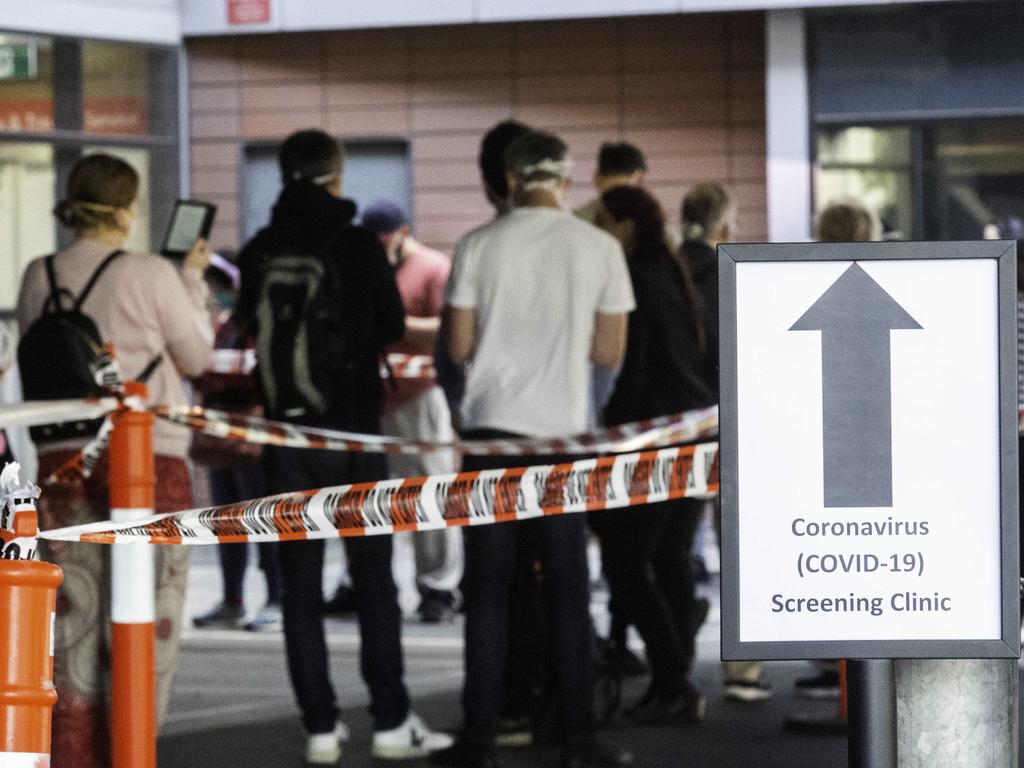
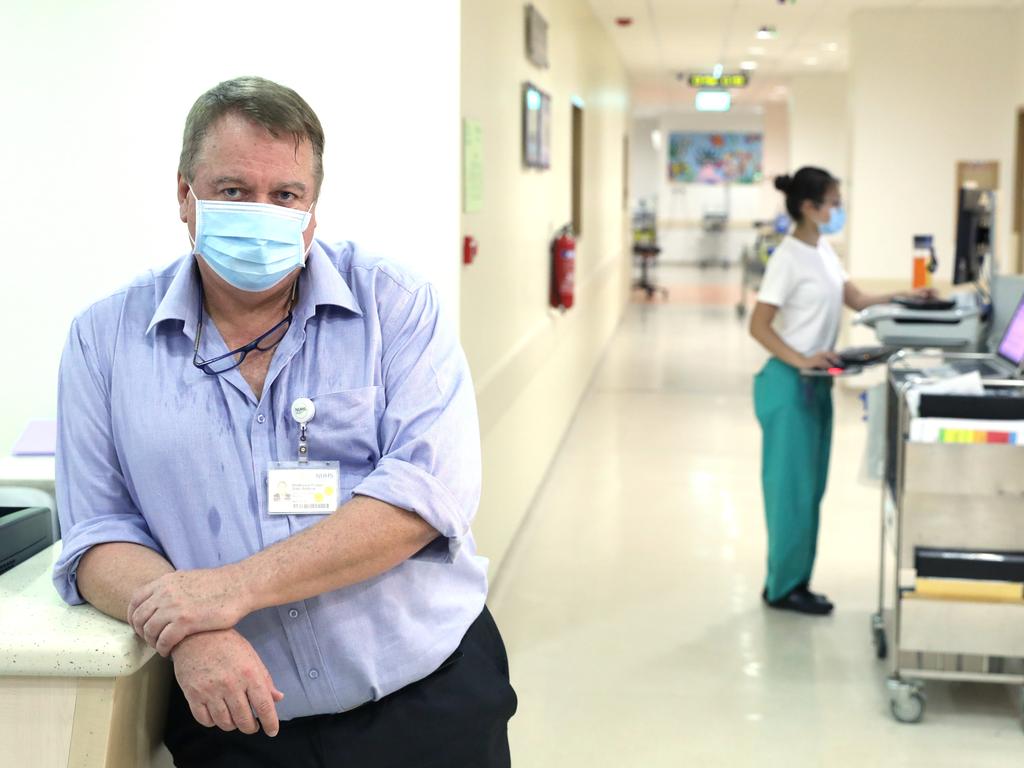
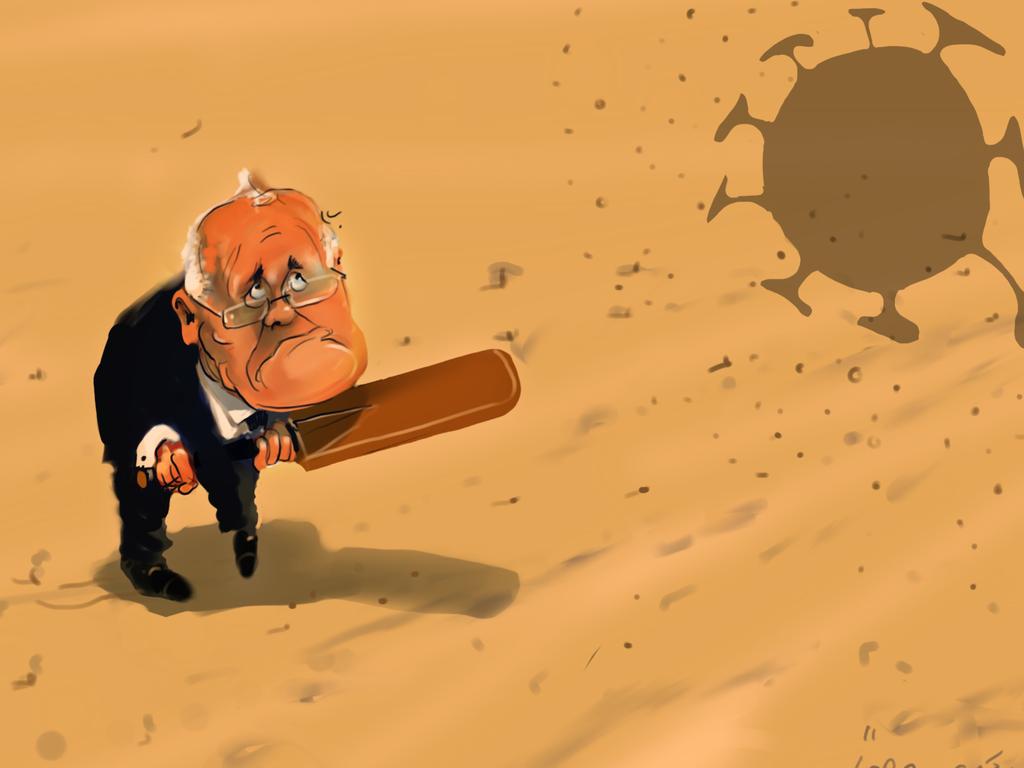
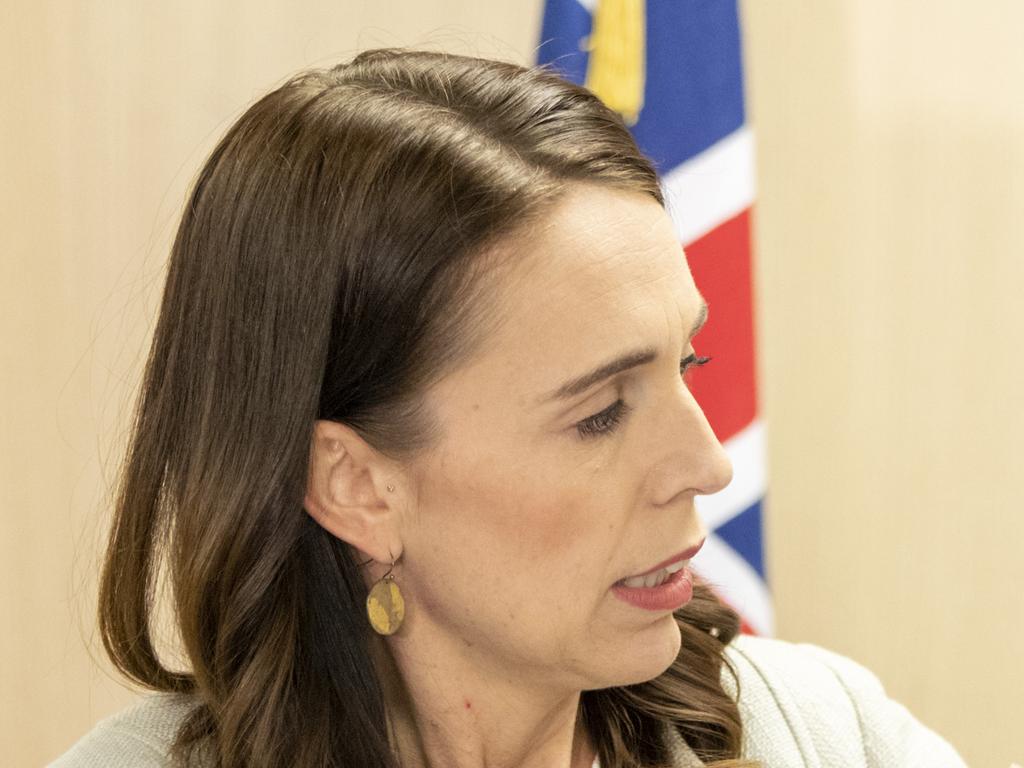

Scott Morrison addressed the nation on Thursday evening, outlining the first hit of stimulus into the economy and his emergency health plan to deal with the global coronavirus pandemic. It won’t be the last fiscal booster shot, as financial markets tumble and turn, business conditions deteriorate and households batten down the hatches, figuratively and literally, especially when it comes to spending. The Prime Minister has emphasised calm, the continuation of normal life and that his government has a plan, several in fact, to deal with the medical and economic challenges that come our way. In his address, Mr Morrison said Australia was ahead of the game in dealing with COVID-19, establishing travel bans from February 1 and extra funds for more testing; the $17.6bn fiscal bump, with cash payments, wage subsidies and investment tax breaks for business, and payments to improve cashflow, would keep Australians in work; and, once the virus has run its course, which it will, the plan had measures to ensure the economy bounced back strongly.